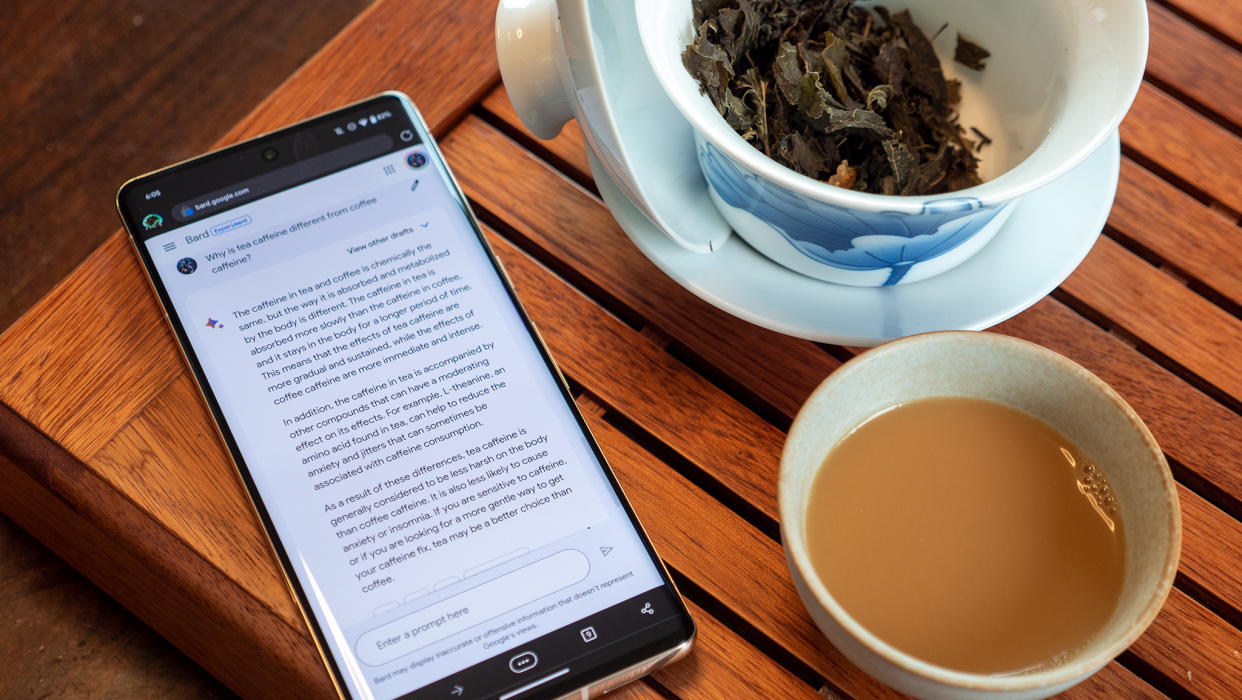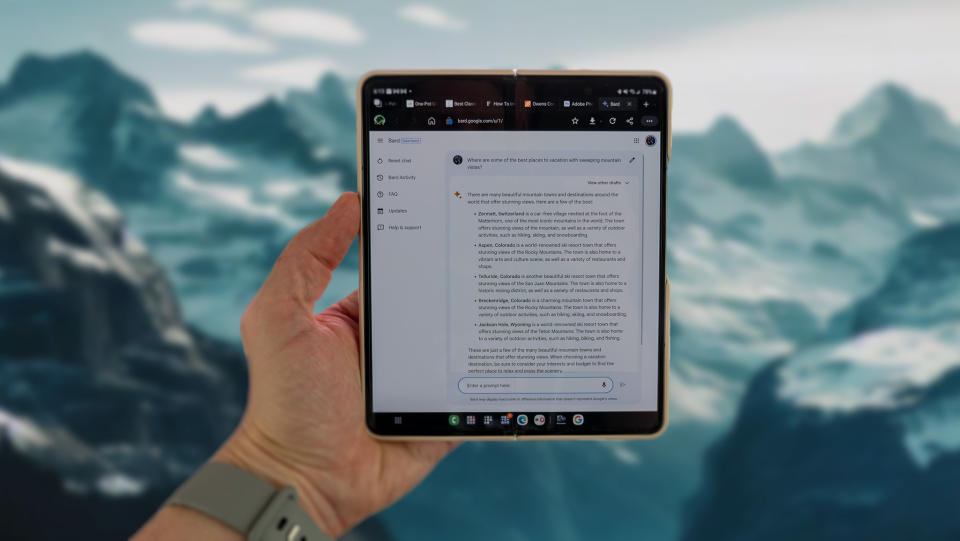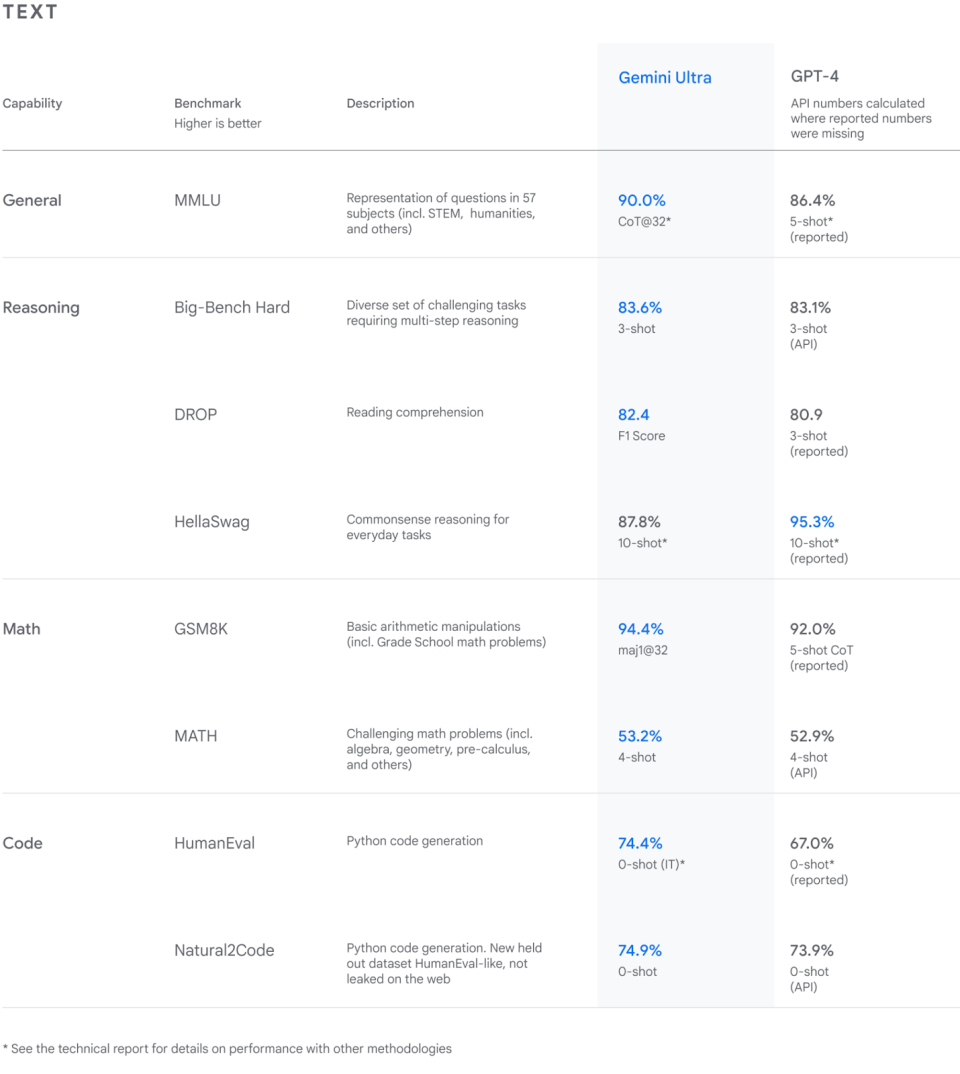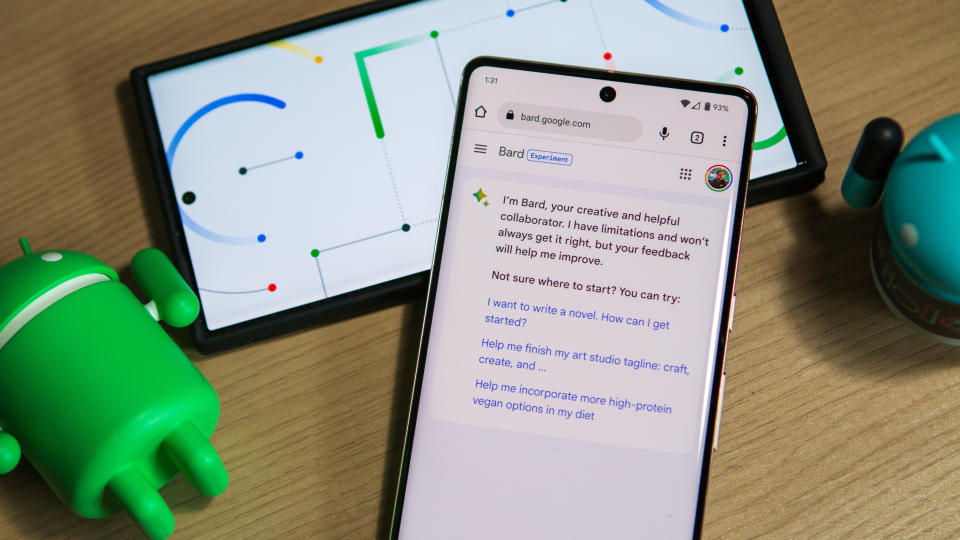Google Bard explained: Gemini, Assistant with Bard, availability, and controversies

Google Bard is a generative AI chatbot available on phones, computers, and third-party services that, like ChatGPT, answers your questions and creates creative responses to your questions and prompts.
Based on Google's Language Model for Dialogue Applications (LaMDA), Google Bard sounds straightforward at first glance: Just ask it a question and receive an in-depth answer that pulls from Google Search data. But figuring out how to use Bard can be tricky — not everyone has access — and Google is already working on new, more powerful versions of Bard behind the scenes.
Below, we'll answer all of your questions about Google Bard, both how to use it today and what to expect in the future.
How Google Bard works
Here's how Google Bard described itself when asked:
"I am a large language model, also known as a conversational AI or chatbot trained to be informative and comprehensive. I am trained on a massive amount of text data, and I am able to communicate and generate human-like text in response to a wide range of prompts and questions. For example, I can provide summaries of factual topics or create stories."
Like most of Google's AI efforts, it's built off of Google's open-source "Transformer" machine-learning model that gets smarter by reading trillions of words from every publicly available source — then uses it to mimic human responses.
Google applied its PaLM language model to Bard so it could better understand logical or mathematical questions posed to it. The goal was to make Bard "understand" questions rather than simply use SEO to generate likely answers, though we're not anywhere close to that level of sophistication yet.
Where is Google Bard available?

Google Bard is available in over 40 languages and 230 countries. Rather than list them all here, this Google Support link will help you confirm if you have access. Most of Google's usual territories have access, with a few key exceptions like Canada.
If your nation has access, you must also ensure that you have a Google account with a registered age of 18 or older. Teenagers aged 13–17 may have access to a teen-specific version of Bard, but different territories have their own age restrictions.
As of now, Google Bard doesn't have its own dedicated app, but you can go to bard.google.com on Chrome, Safari, Firefox, Opera, or Edgium browsers to access the AI chatbot at any time, so long as you're logged into a Google account with access. Some Google Workspace accounts will need their administrator to provide access first.
We also expect the Assistant with Bard feature to launch on Android phones, which means your current shortcut — whether it's a "Hey Google" voice prompts or holding down the power button — should provide access to Bard in the near future.
Gemini, SGE, and Bard Advanced

Google has other "AI" projects happening at the same time as Bard, which can be quite confusing unless you're paying close attention. Here's what you need to know about Google's AI services connected to Bard.
First, if you use Google Search today, you'll get access to Search Generative Experience (SGE), a generative AI that uses the same PaLM 2 language model as Bard. Google uses SGE in different contexts than Bard, such as summarizing articles while you browse or a text-prompted image generation tool. It's available in about 120 countries and seven languages as of early 2024.
Next, you have Google Gemini, which is Google's "next-generation foundational model" to upgrade Bard. It comes in three versions: Gemini Nano (designed for mobile), Gemini Pro (designed to upgrade Bard), and Gemini Ultra (designed to compete with OpenAI's ChatGPT-4.

Essentially, Gemini Nano is what will help Assistant with Bard run on phones like the Pixel 8 Pro, relying on an NPU instead of cloud processing. The December 2023 feature drop showed off some early applications, like smart replies in Whatsapp or a summary tool for the Recorder app.
Gemini Pro, meanwhile, has already started to integrate into Bard, and Google is letting developers add Pro to their Android apps as well. Samsung, for instance, has incorporated Gemini Pro into its apps, such as Samsung Notes, Voice Recorder, and Keyboard.

Gemini Ultra is the most powerful AI tool Google has developed, but you'll probably have to pay for it. According to leaks, Google will launch Bard Advanced as a free service for three months to get people invested, incorporating it into the Google app. After that, Google may charge a subscription fee or restrict Bard Advanced to Google One subscribers.
You can see in the chart above how Google claims to have turned Gemini and Bard into one of the most advanced generative AIs available. The question will be what Google One tier you'll need to retain access to Bard Advanced.
Google Bard controversy and reliability

Google Bard got off to a rocky, controversial start. It gave the wrong answer to a question during its reveal, prompting some employees to state that Google Bard had been rushed out.
Another point of controversy came when a former Google engineer Jacob Devlin claimed that Google trained Bard on ShareGPT, a forum where people post the AI's responses. And an internal source claimed that Google only stopped doing this when Devlin criticized the practice.
Google itself says that "Bard is not trained on any data from ShareGPT or ChatGPT," so we can't be certain if this is true or not.
After Bard's launch, Google's "Godfather of AI" quit, noting the overall dangers of AI to spread misinformation and take away people's jobs. Google has laid off tens of thousands of workers in the past year, and cited AI policies when justifying its most recent layoffs in the engineering and ad sales teams.
Later, we learned that the people tasked with training and improving Bard are dealing with stressful working conditions, given just three minutes to determine how accurate a response is when that answer might require significant research.
The last point of controversy — plagiarisation of content without proper sourcing — applies to any AI bot. Bard and ChatGPT are designed to be conversational, and a person likely wouldn't say, "As I learned from X website, Y is true." But this means that websites create data that bots scrape and repackage for users without any compensation or linking to those sites.
How Google Bard has improved

Since Google Bard launched on March 21, 2023, Google has continued to innovate what the chatbot is capable of.
In May 2023, Google Bard began showing images from Search in responses, giving you more context for your questions.
The following month, it allowed mobile users to provide their location data for context-sensitive results, such as asking for the best hotel or restaurant nearby. Or for those using Bard for professional work, Google added the option to export responses to Google Sheets and more intelligent responses to coding questions.
July 2023 was a major month for Google Bard, as it expanded to Europe with more than 40 new languages available, including Arabic, Chinese, German, Hindi, and Spanish.
It also started working with Google Lens to better contextualize your uploaded photos, while also letting you change whether Bard's responses were more casual or professional, or either long or short.
In September, Google had Bard reach out its tendrils to sync with other major Google apps and gather more useful information. Real-time data from Maps, YouTube, Hotels, and Flights were added, as well as the option to pull from your personal Gmail, Docs, and Drive.

October brought long-expected news: Google announced "Assistant with Bard," a combination of the two popular platforms that would make Bard easier to access on Android phones using the usual Assistant shortcut. That same month, Google added a neat email-summarizing tool that would help you scan through the new arrivals in your inbox, rather than having to click them one by one.
While Google Bard was only available for adults at first, Google launched a Bard for Teens version in November that made specific results available and restricted any possible inappropriate content. Then, in December, Google preemptively restricted Bard responses to election questions to avoid accidental misinformation.
News on Google Bard updates has been slow thus far in 2024, but we expect Assistant with Bard will launch soon, as well as a leaked upgrade called Bard Advanced.
We don't know yet what will happen with Assistant with Bard; the last rumor is that Google doesn't know what to call it, waffling between Bard, Assistant with Bard, and Gemini, but that it'll launch this March. At that point, Android users will have easy access to Bard whether they want it or not.
Whatever happens, Google Bard is about to achieve a much higher profile than before, when users had to go out of their way to sign up for the Bard beta or use Chrome Labs to access SGE. The question is, will Google's generative AI be up to the task, or will people want to go back to the "normal" Google Assistant?

